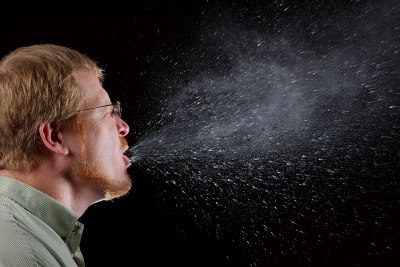We’re now several months into the global response to the COVID-19 pandemic, with most parts of the world falling somewhere on the lockdown/social distancing/opening up path.
It’s fair to say now that while the medical emergency has not passed, the level of knowledge about it has changed significantly. When communities were fighting to slow the initial spead, the focus was on solving the problem of medical protection gear and other equipment shortages at all costs with some interesting yet possibly hazardous solutions. Now the focus has moved towards protecting the general public when they do need to venture out, and as society learns to get life moving again with safety measures in place.
So, we all need masks of some sort. What type to do you need? Is one type better than another? And how do we all get them when everyone suddenly needs what was once a somewhat niche item?
Masks Offer Basic Protection for Everyone in Public Areas
Some parts of the world are coming to terms with the effects of long term lockdown, while others are beginning to contemplate how they might start moving back towards some kind of normality. The issue of mask wearing a practical one, because there are indications that it will slow the spread of the disease.
When considering face masks, it’s important to start by defining what a mask for the general public should be, and what it is trying to achieve. This is not the same breed as the masks worn by intensive care staff where the primary intention is to protect the wearer by filtering the virus from an atmosphere heavily contaminated with it, instead it is a mask intended to be worn in environments where only a few people may be spreading the virus (with the pesky detail of not knowing who those few people are).
The goal of masks is to reduce the chances of transmission by infected droplets. It’s an idea wittily illustrated in the “Urine Test” meme, that such a mask will not guarantee your escape from the virus but it should significantly reduce the odds of its transmission. We’re told that these odds tilt further against the virus the more people in an environment wear a mask, and since it’s a relatively easy step to take it’s one that everyone should be taking as a courtesy to your fellow humans.
We’re Makers, Yes… But You Can Learn a Lot From Commercial Masks
In our community the first thought turns invariably towards making our own and indeed that’s part of the official advice in many territories, but before we go there it’s worth considering the commercial alternatives. These normally use a composite design featuring multiple layers of fabric for comfort and filtration, with the main filter layer(s) being of a blown fabric rather than a woven one.
Source:: Hackaday

